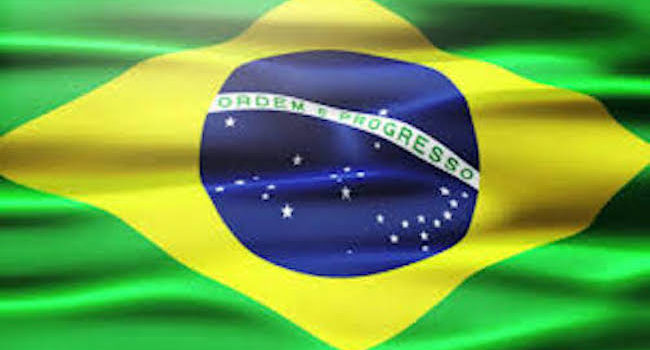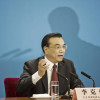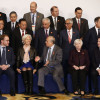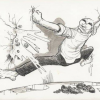How to Invest in Brazil

Brazil Equity Index (Bovespa) and Currency (BRL vs USD)

Like the equity markets, the value of Brazil’s currency the real is highly volatile, and driven by both country risk factors and global sentiment regarding the US dollar. As the chart shows, after weakening 59% from 2012 to the end of 2015, the currency has bounced slightly in 2016. Supporting the currency are very high domestic interest rates which typically can encourage capital inflows. Brazilian economists universally expect a much weaker currency by year end and through 2017, given the poor state of the fiscal situation and the economy. If the political stalemate disappears, sentiment alone could overwhelm these negative drags. Once again, the outcome is quite binary. Foreign investors who want to bet on the currency can isolate exposure to the Brazilian real through ETFs such as Wisdom Tree’s BZF. Of course, exposure to domestic stocks will also entail exposure to the currency.
Finally, Brazil offers a lot of fixed income opportunities for investors, with bonds issued by the government and by corporations alike. These bonds are difficult for non-institutional investors to access; however, they appear in almost every emerging market fixed income fund. Both the country and many of the companies have issued debt in US dollars, which helps alleviate the currency risk for foreign investors. As in the case of the stock and foreign exchange markets, these USD denominated Brazilian bonds have had a rocky road for the last five years or so. The sovereign was downgraded by credit rating agencies to “junk” or high yield status, which means that the credit metrics have deteriorated materially and there is an increasing risk of non-payment in the future. Brazilian local currency denominated bonds are also frequently traded by institutional investors. While yields are in the high teens (the 5 and 10 year bonds yield around 14%), volatility remains high, inflation is stubborn, and the central bank is still in no mood to cut rates. If and when the political change occurs, and when inflation levels off, there will likely be a significant rally in these local bonds.
Overall, Brazilian asset prices have fallen so much in five years that to many investors, they look cheap. In order for a positive trend to emerge, there needs to be decisive political change that in turn corrects the weak economic and fiscal environment. For the brave who believe emerging markets have bottomed in January this year, Brazil’s political drama should be monitored as a signal to buy Brazil investments once again.





